Outdoor flooring, as the name suggests, is a kind of flooring used in outdoor environments. It is typical of waterproof, anti-slip, and anti-mold features. It is also commonly used in daily life, such as in courtyards, terraces, pedestrian streets, parks, unsealed balconies, and so on.
Types of outdoor floorings
Deep carbonized outdoor wood flooring reduces the concentration of hydroxyl groups in the wood via high-temperature pyrolysis treatment of wood. Then, the hygroscopicity and internal stress of the wood are expected to reduce so as to achieve the purpose of declining the wood deformation, thus improving the corrosion-resistant properties of the wood. Anti-corrosion-treated outdoor flooring is designed to maintain the original strength and beauty of the wood for a long time, and the wood is treated with anti-corrosion and anti-ant. Under the premise of strict quality management, pressure injection of CCA, CA, ACQ, and other anti-corrosion agents allows the infiltrated agents to be tightly attached to the wood cells without decay bacteria and termites, thus greatly improving the corrosion resistance and the anti-corrosion effectiveness will be maintained for a while. Outdoor vinyl flooring is a kind of composite material that is processed by plastic and wood fiber. Plastic wood has the characteristics of both natural fibers and plastics, which means it has excellent water resistance. Its steel and bearing capacity is greater than plastic materials. The thermal expansion and contraction of it are less than steel and plastic materials, while workability is better than wood, steel, plastic, and other materials.
Differences between outdoor floorings and indoor floorings
The structure of outdoor patio flooring and indoor flooring is different, affecting their durability and wear resistance. The outdoor floor has a higher functional index and can handle various outdoor accessories. It also has special accessories specifically designed for outdoor use. On the other hand, indoor flooring is mostly made of thin skin with a thickness of around 1mm. These woods are soft and short-lived. Outdoor flooring, on the other hand, mostly uses thick bark, such as imported New Zealand pine, Japanese juniper, and other woods. These kinds of woods are characterized by dense wood and can be fully integrated with low molecular resin materials, which obtain excellent anti-corrosion ability.
Maintenance of outdoor floorings
First and foremost, prioritize the exclusion of moisture. Patio flooring possesses inherent hydrophobia, as its structure is highly susceptible to water-related damage. Exposure to inclement weather, such as rain, may well cause discoloration, cracking or other signs of deterioration. Consequently, it is crucial to adopt proactive measures to prevent the ingress of rainwater into the floor. Secondly, the treatment of surface damages does not require extensive sanding procedures. Simply cleaning the affected area and allowing it to dry in the presence of the original painted wood wax oil is sufficient. This local repainting approach is effective in preserving the longevity of the outdoor flooring.


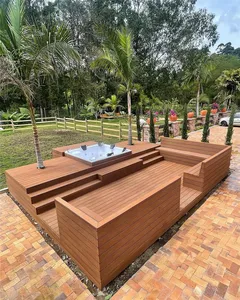






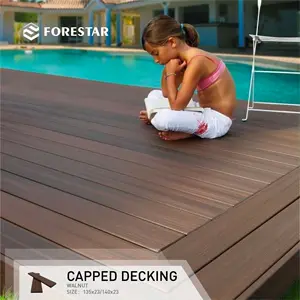





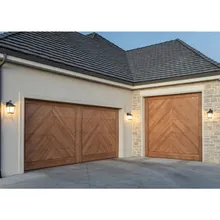



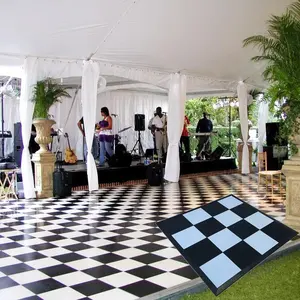
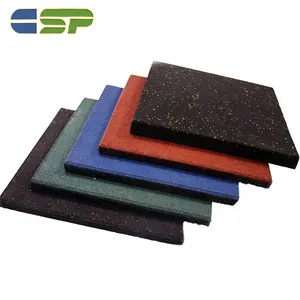
























 浙公网安备 33010002000092号
浙公网安备 33010002000092号 浙B2-20120091-4
浙B2-20120091-4